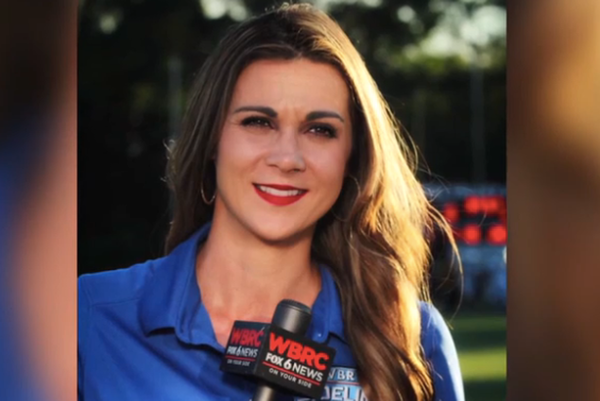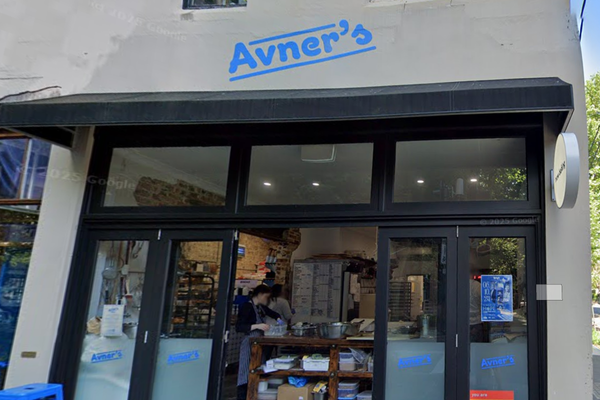
Forty-five years after the Alexander L Kielland oil rig capsized in the North Sea, Norway’s parliament has voted to set up a compensation scheme for relatives of the 123 men who died in the worst disaster in Norwegian waters since the second world war.
“This is a historic day, the end of more than four decades of fighting for justice,” said Mímir Kristjánsson, an MP from the leftwing Red party. The chair of the victims’ committee, Anders Helliksen, said the state had “finally accepted its responsibility”.
The Kielland, a semi-submersible platform that at the time was housing 212 workers from the nearby Edda drilling rig, capsized when one of its five legs snapped in strong winds and high seas on 27 March 1980. Twenty-three Britons were among the dead.
Several investigations have failed to assign responsibility, with the rig’s French builders blamed for structural failings and its Norwegian and US owner and operator, Stavanger Drilling and Phillips Petroleum, for not maintaining or anchoring it properly.
The disaster led to major changes in safety routines and regulations in the oil industry, but a report by experts at the University of Stavanger this year concluded the Norwegian authorities’ actions before and after the collapse were seriously flawed.
While the immediate cause was a welding defect, multiple mistakes contributed to the heavy loss of life: doors and hatches were left open, only five workers onboard had had safety training, and the platform was never approved for use as living quarters.
“This incident became a disaster because of a long chain of negligence, omissions and violations of rules designed precisely to prevent an accident becoming a disaster,” one of the report’s authors, Eva Joly, said earlier this year.
She told Norwegian media: “The fatigue failure itself could also have been discovered if normal audit requirements had been met and exemptions had not been granted. This was the state’s responsibility.”
The 89 survivors and the bereaved families – between 300 and 400 children lost their fathers, according to campaigners – received some compensation from Phillips and Stavanger Drilling’s insurers in the 80s, but no payout from the state.
“Many have had a very difficult time, with trauma, psychiatric issues, substance abuse and poor finances,” the Kielland Network said on its website. The state was also accused of failing to properly investigate the disaster or care for victims.
Norway’s parliament, the Storting, formally apologised for state authorities’ shortcomings in 2022, a year after the national auditor general issued strongly worded criticism of the government for failing in its duty to victims.
The parliamentary motion said: “It is now time for the victims of the largest industrial accident in Norwegian history to receive compensation – making it also possible for survivors, bereaved families and society at large to put an end to this matter.”
Passed by a narrow majority, it demanded the government set up a “separate compensation scheme” for the Kielland victims, and that the auditor general “clarify the state’s responsibility” for the disaster and its lack of support for victims.
“The fact that this has taken so long shows that the state has never taken any responsibility for what happened in the North Sea,” said one survivor, Oddbjørn Lerbrekk. “It’s about time.”
The amount of compensation has not yet been set.







